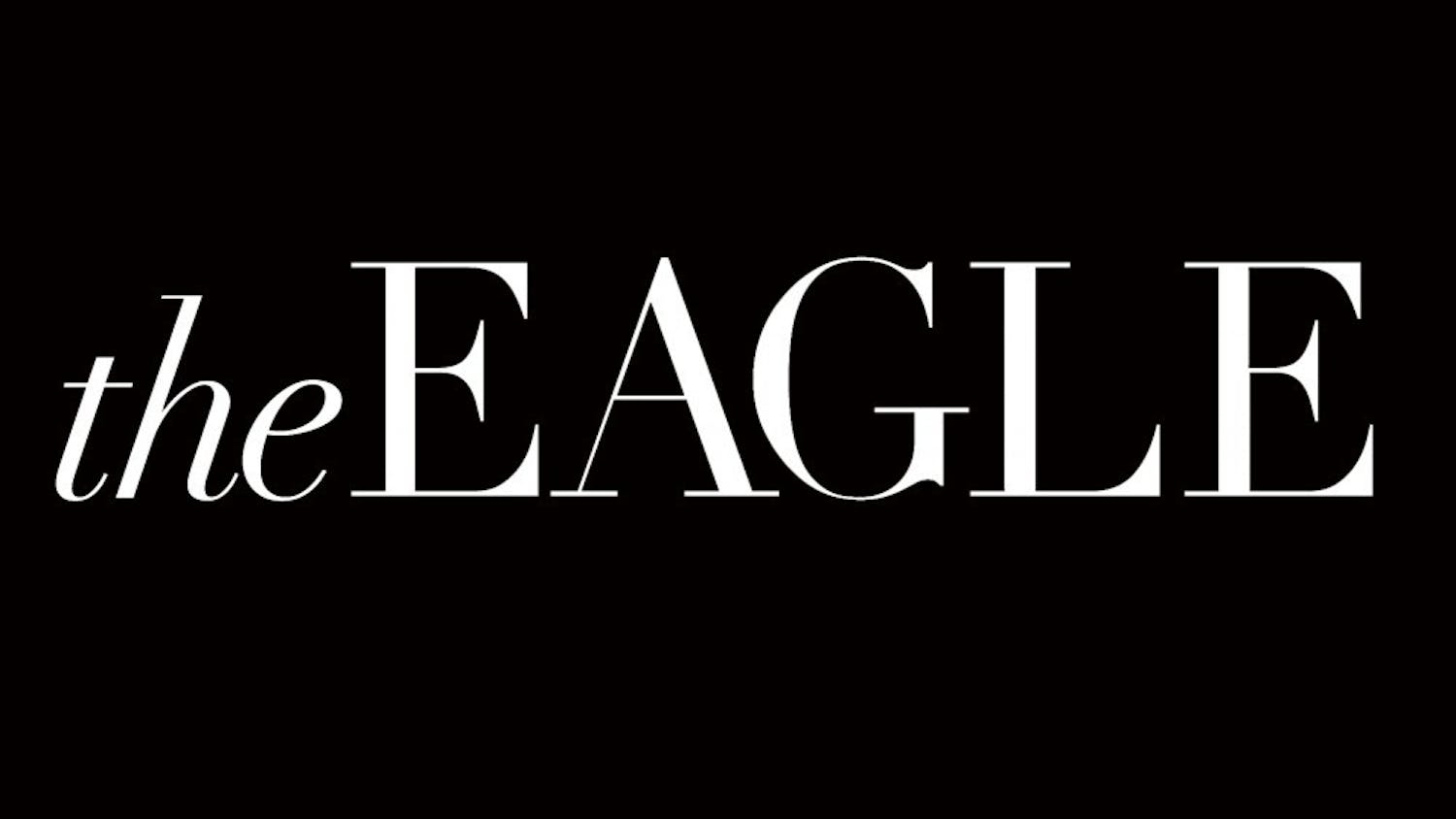The following piece is an opinion and does not reflect the views of The Eagle and its staff. All opinions are edited for grammar, style and argument structure and fact-checked, but the opinions are the writer’s own.
In early June, an AI image reading “All Eyes on Rafah” went viral, with over 47 million people reposting it on social media. Shortly after, similarly styled “All Eyes on Congo” and “All Eyes on Sudan” AI images also went viral. With the rise of AI and the use of social media as a platform for activism, the question must be asked: Do AI images help spread awareness of the cause? The answer is a resounding “no.”
Slacktivism is a word that I love associating with today’s activists. A combination of the words “slacker” and “activism,” slacktivism refers to minimal-effort actions taken in the name of a cause, often through social media, that are shared under the guise of creating change. Amid COVID-19 and Black Lives Matter protests across America, the first significant instance of slacktivism in recent memory occurred on Black Out Tuesday, a social media “protest” against racism and police brutality following the murder of George Floyd. On June 2, 2020, Instagram was flooded with just about everyone I knew, myself included, posting black squares in solidarity with the BLM movement. But this “solidarity” was the extent of most people’s activism.
I didn’t see these same people demanding action from government officials. Even if they didn’t have the means to march, given the prevalence of COVID-19 at the time, many people’s confrontations stopped after posting the Black Out Tuesday square. Their activism was finished. They had done their good deed and showed their followers that they thought racism and police brutality were bad. Good job!
I’ve found the word “slacktivism” to also apply to the hundreds of people posting AI images that have flooded social media over the past month. As I saw more and more people post this image, I became increasingly frustrated. What difference was being made by reposting an AI image?
Instead of posting one of the many real photos showing the on-the-ground realities of Palestine, social media users chose to post this AI image. This disrespected the Palestinian journalists and activists who have dedicated their time, effort, emotional and physical labor to spread awareness of what has happened in Palestine since Oct. 7. This also wasn’t a piece created by Palestinian artists or one that was explicitly intended to send a message and spread awareness — this was a computer-generated image. To me, such an image seems incredibly inauthentic and insensitive to share, given the reality of what has happened in Palestine.
In response to the “All Eyes on Rafah” AI image, the official Israeli government account on X posted its own AI image reading “Where Were Your Eyes On October 7th?” Not only is this a strange retaliatory exploit by the Israeli government, but it is also another example of AI and its slacktivists downplaying the death of individuals in a disrespectful way. Rather than using its resources to spread Israeli activism, journalism and art from human beings and actually spreading a message about the Israelis who have died, the Israeli government shared an AI-generated image. The AI image shows me that this was inauthentic and a method of retaliation against people spreading “All Eyes on Rafah.” A government entity should, at the very least, expand its activism to use real-world resources instead of displaying a frightening use of AI.
AI activism spreading to the level of world governments is concerning, especially in a world where it has become increasingly challenging to identify fact versus fiction online. The use of AI images in activism can and does lead to the spread of misinformation, as these images do not accurately represent the situation on the ground. AI images, in turn, dilute causes and mislead the public, both significant risks that must be taken seriously.
Slacktivism seems to have hit another high point on social media since its last rise on Black Out Tuesday. People share infographics with incorrect or tampered-down information for aesthetics, ignoring the root of the issues they claim to care about. People tend to repost popular content that their peers are also sharing. Some may make the argument that although the AI image wasn’t incredibly authentic, people were still becoming more aware of the atrocities happening in Palestine; however, posting a picture with four words on it is not the same as taking meaningful action.
People need to understand that journalists, writers, poets, artists and, most importantly, human beings live in these areas. They cannot and should not be whittled down to a simple AI image. We, as young people and the future generation of leaders, have to be more intentional with our activism, even if the Israeli government and 47 million other people who reposted the “All Eyes on Rafah” photo aren’t going to be.
Alana Parker is a junior in the School of Public Affairs and School of Communication and the assistant opinion editor for The Eagle.
This article was edited by Rebeca Samano Arellano and Abigail Turner. Copy editing done by Luna Jinks.





